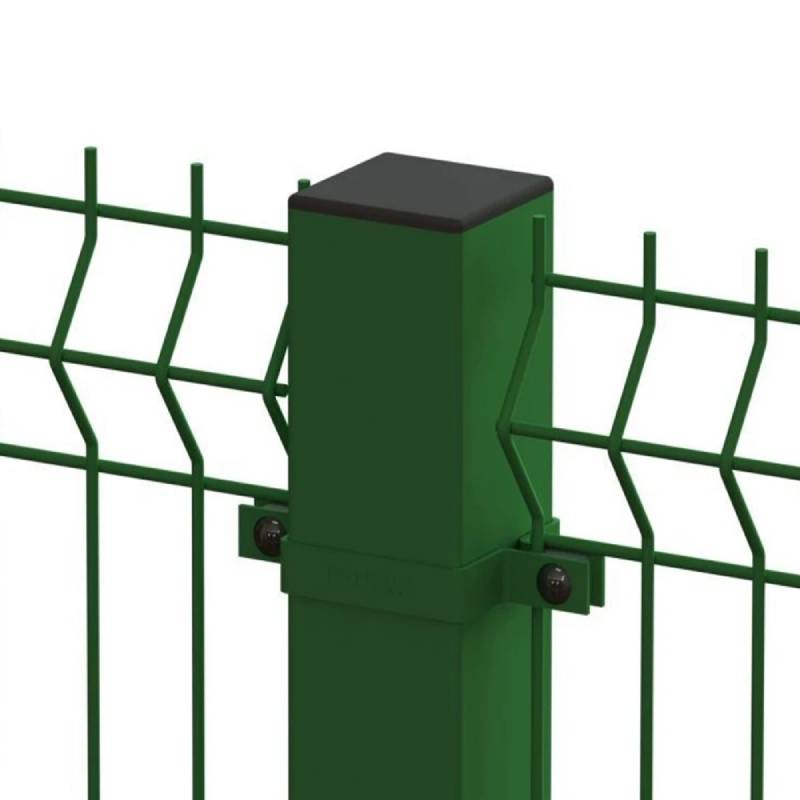tying barbed wire to post
A Guide to Tying Barbed Wire to a Post
Barbed wire is an essential tool for many agricultural and fencing projects, serving as an effective barrier for livestock and a means of property delineation. Properly tying barbed wire to a post is crucial to ensure durability, security, and functionality. In this article, we will discuss step-by-step how to tie barbed wire to a post effectively, making your fencing project easier and more reliable.
Understanding Barbed Wire and Its Uses
Before we dive into the practical steps, let's briefly understand what barbed wire is and why it is used. Barbed wire consists of a series of sharp barbs spaced along a twisted strand of wire, designed to deter animals and unauthorized individuals from crossing. It is widely used in agricultural settings to contain livestock and protect crops, as well as in residential properties to ensure privacy and security.
Tools and Materials Needed
To properly tie barbed wire to a post, you will need the following materials and tools 1. Barbed wire 2. Fence posts (wooden or metal) 3. Wire cutters 4. Pliers (preferably lineman's pliers) 5. A tensioning device (optional, but recommended)
Step-by-Step Instructions
1. Preparation of the Area Before you begin, make sure you have a clear work area. If you're working on an existing fence, inspect the condition of the post and the wire. Replace any damaged materials to ensure your fence remains secure.
2. Positioning the Post Place your post securely in the ground. It should be firmly anchored to withstand tension from the wire. If you're using wooden posts, a depth of at least one-third of the post height is recommended. For metal posts, ensure they are driven deep enough into the ground.
tying barbed wire to post

3. Cutting the Barbed Wire Measure the length of the barbed wire you will need. It's often best to cut a length that extends slightly beyond the distance between the two posts you will connect, allowing for any adjustments. Use wire cutters to make a clean cut.
4. Attaching the Barbed Wire to the Post Start by threading one end of the barbed wire around the post at the desired height. If your post has a notch or a hole, you can run the wire through it. If not, simply wrap it around the post several times for stability.
5. Twisting the Wire Once you’ve wrapped the barbed wire around the post a few times (typically three to four times), use pliers to twist the end of the wire back around itself. The twisting should be firm enough to hold the wire securely without cutting into the post or unraveling. Aim for a snug fit that allows for a bit of tension.
6. Creating Tension If you’re connecting to another post or need more tension, you can use a tensioning device. Attach the other end of the wire to the next post in a similar fashion, ensuring that the wire is tight. The goal is to avoid sagging, as excess slack can lead to the wire becoming ineffective as a barrier.
7. Finishing Touches After securing the wire, trim any excess wire using the wire cutters. Make sure there are no sharp ends protruding, as these can pose a risk to both livestock and humans. Additionally, check the entire length of the wire to ensure it is taut and properly attached at points where it meets other posts.
8. Inspecting the Fence Regular inspection of your barbed wire fence is essential. Check for any signs of wear, rust, or damage. Tighten any loose wires and replace any sections of barbed wire that may have become ineffective over time.
Conclusion
Tying barbed wire to a post may seem like a straightforward task, but attention to detail is critical for ensuring the longevity and effectiveness of your fence. By following these steps, you can create a strong, reliable barrier that will serve its purpose for years to come. Proper maintenance and regular inspections will keep your barbed wire fence in optimal condition, protecting your property and livestock efficiently. Whether you're a seasoned farmer or a novice DIY enthusiast, mastering the art of tying barbed wire to a post is an invaluable skill that pays dividends in practical benefits.
-
Space-Saving Chain Fence Hacks Vertical Gardening with Cyclone MeshNewsJul.16,2025
-
Innovations in Iron Nail Wire Production for Modern ConstructionNewsJul.16,2025
-
Creative Uses of Wire Netting Fence in Modern Landscape DesignNewsJul.16,2025
-
Barbed Wire Fence Innovations in Anti-Climb TechnologyNewsJul.16,2025
-
Architectural Uses of Umbrella Nails for Aesthetic Roof DesignsNewsJul.16,2025
-
Architectural Uses of Razor Barbed Wire in Secure Urban DesignNewsJul.16,2025




